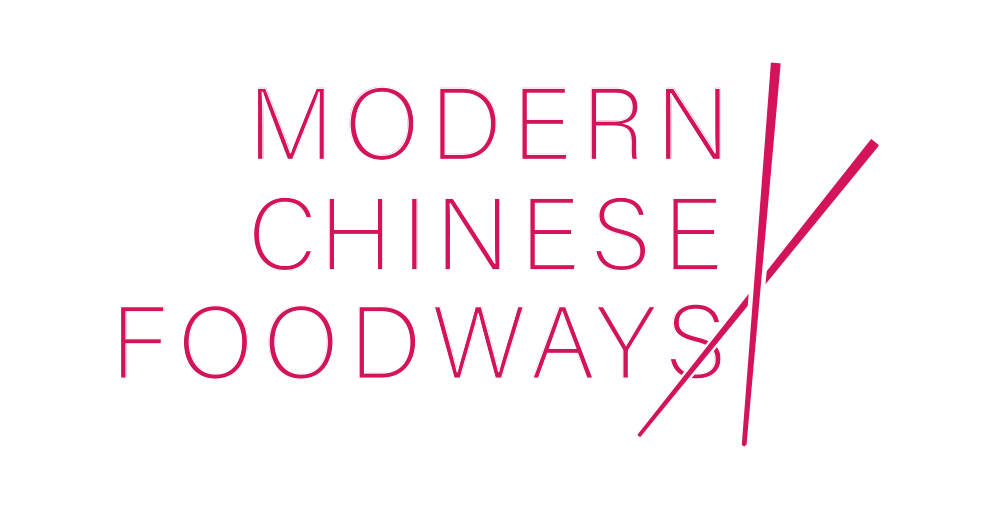ABSTRACT
Milk is synonymous with alterity in China. Chinese associate it not only with Westerners but also ethnic minorities within the People’s Republic: Muslim Hui, Tibetan, Yi, and especially Mongol. This way of looking at milk is a recent one. For more than a thousand years, Chinese writers associated milk products with particular places rather than peoples: the lush grasslands of the north, the verdant mountains of the southwest, and the bucolic hills of Jiangnan. These writers recognized that milk consumption was uneven in China. People in some places – especially Mongolia, Yunnan, Gansu — consumed more dairy than others. But they attributed these differences to geography rather than to ethnicity, let alone biology. Up until the early twentieth century, in fact, this way of thinking about milk persisted. We find it, for example, in the Qingbai leichao (1917). This essay explains how milk went from a local product to an ethnic food during modernity. It attempts to establish precisely when this change occurred, and why. It considers several factors: Han ethnic nationalism, Western missionary depictions of “milkless” China in the nineteenth century, and the writings of dietary reformers in the first two decades of the twentieth century.
